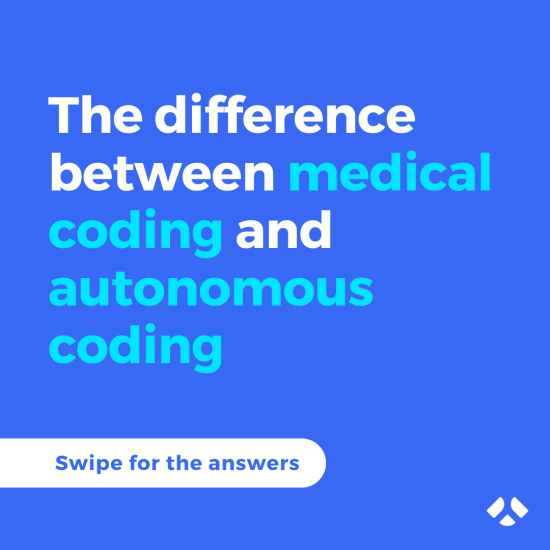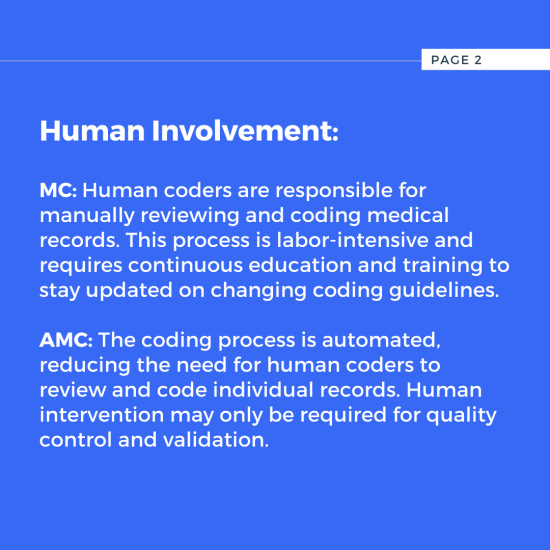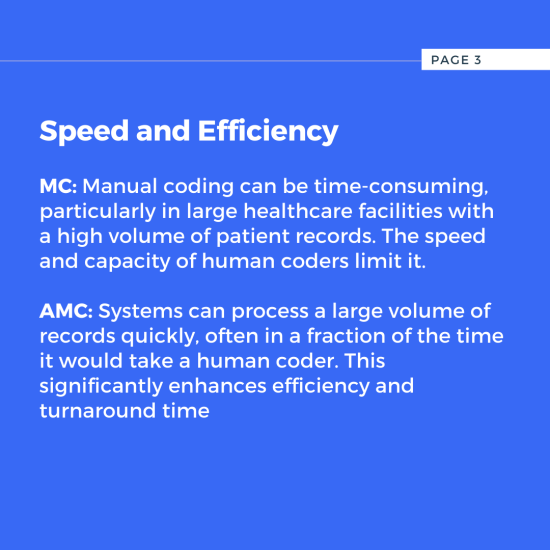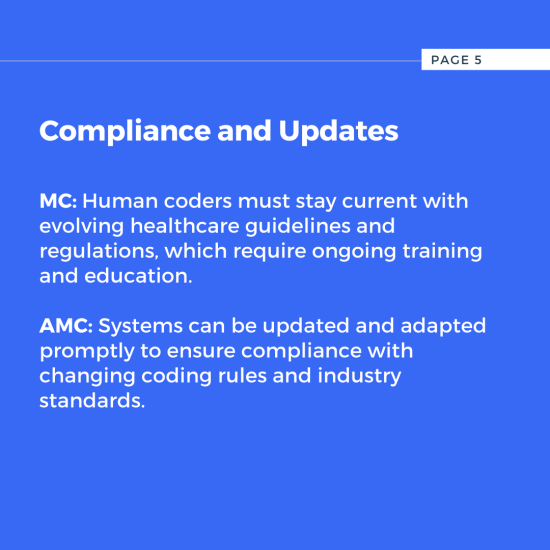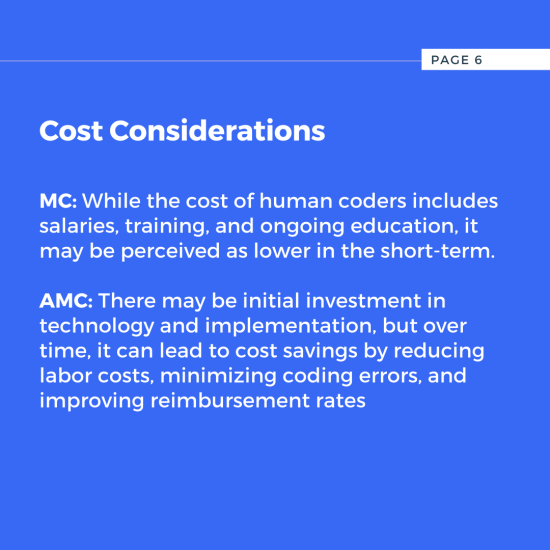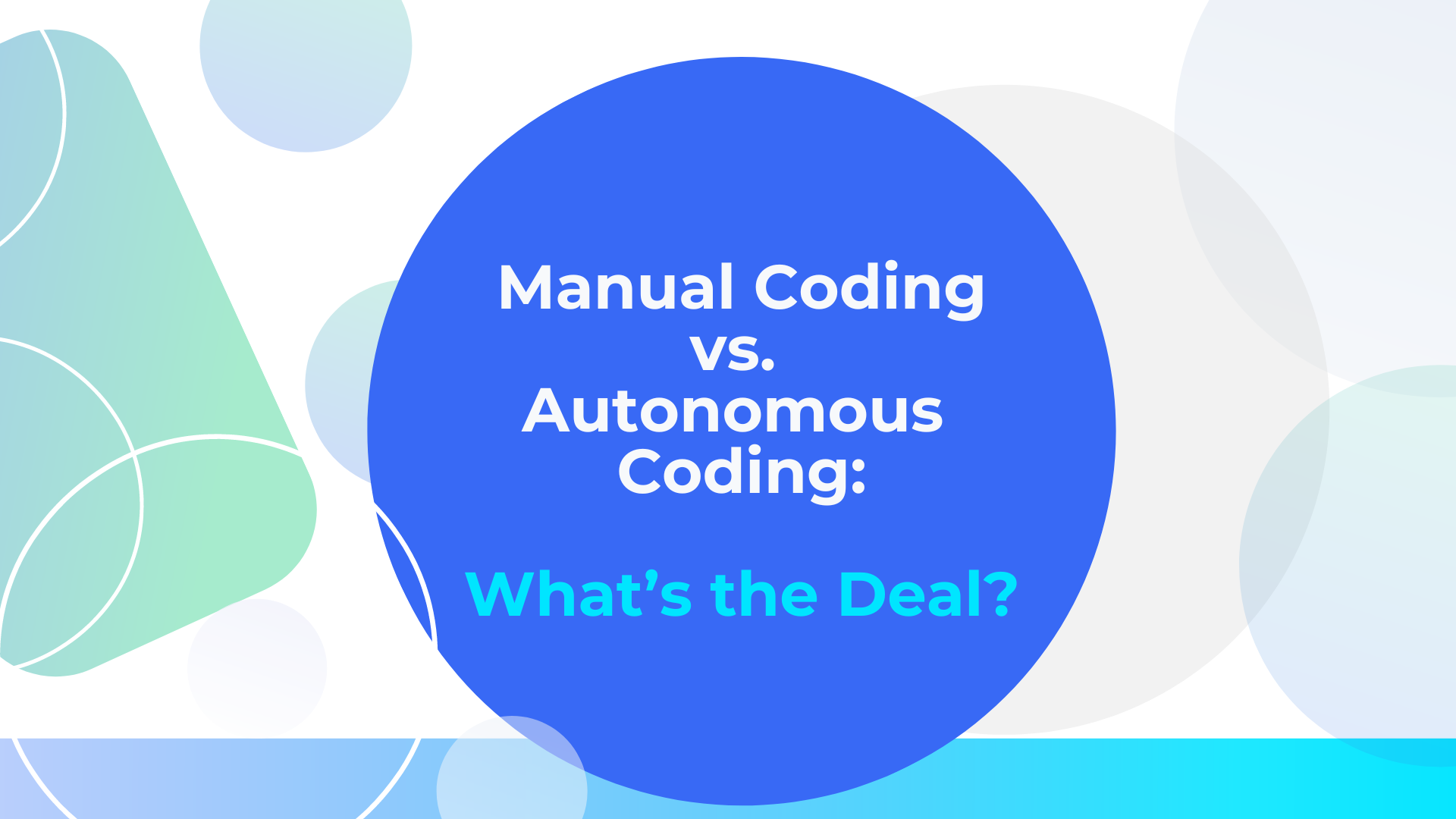In November, Panda Health launched a new category: Autonomous Coding.
Traditionally, medical coding roles are challenging to fill, with onboarding times extending up to one year with many job vacancies. This need for more skilled coders contributes to coding inaccuracies, resulting in high claims denial rates and prolonged accounts receivable (A/R) collection times.
Medical coding is a complex task due to changing rules, various payer guidelines, and the use of different coding methods and technology tasks. Automation, especially autonomous coding, is crucial in dealing with these challenges. It helps improve efficiency, cut costs, and supports healthcare organizations in optimizing their operations. This technology is vital for addressing issues like the gap between reimbursement rates and provider costs. Embracing autonomous coding is a significant move to overcome industry challenges, enhance accuracy, and boost financial performance.
How are medical coding and autonomous coding different?
Medical coding and autonomous medical coding are related but distinct processes in healthcare administration. Here are the key differences between the two:
